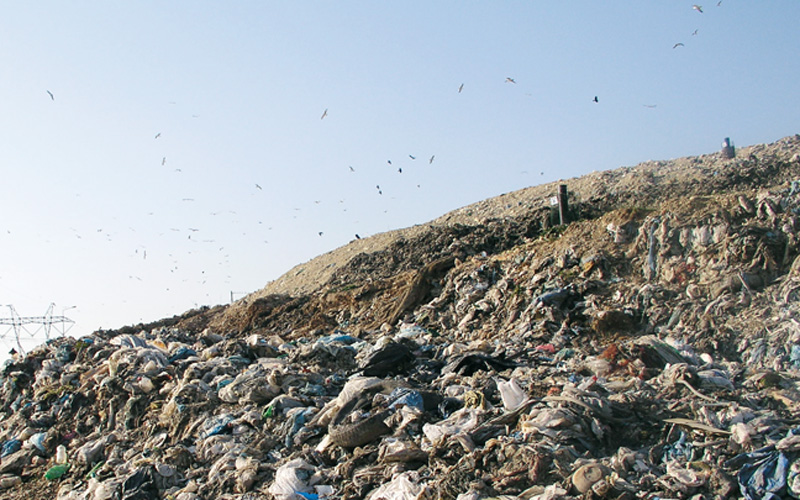The EEA briefing, ‘Municipal waste management across European countries,’ compiles the latest data available on the EEA’s member countries’ waste management practices (including the 28 EU Member States, plus Iceland, Norway, Switzerland and Turkey, with some information on Western Balkan countries).
The rate of municipal waste going to landfills in the 32 EEA member countries fell from 49 % in 2004 to 34 % in 2014. Overall, the rates of landfilling decreased in 27 out of 32 countries. In Austria, Belgium, Denmark, Germany, the Netherlands, Norway, Sweden and Switzerland, virtually no municipal waste was sent to landfill sites. Total municipal waste generation in the 32 EEA member countries declined by 3 % and average generation per person dropped by 7% from 2004-2014. However, the analysis found that there has not been a uniform trend across countries. There has been an increase in municipal waste generation per person in 16 countries and a decrease in 19 others.
One of the success stories of European environmental policies is the increase in the rate of municipal waste recycling (which covers material recycling, composting and digestion of bio-wastes). EEA countries achieved an average total recycling rate of 33 % in 2014, compared with 23 % in 2004. (For EU Member States: 37 % to 44 % over the same 2004-2014 period). Germany, Austria, Belgium, Switzerland, the Netherlands and Sweden recycled at least half of their municipal waste, statistics show. Overall, in 15 out of 32 countries, the increase in recycling rates was at least 10 percentage points over the 2004-2014 period. Increased recycling rates and declining rates of landfilling are clearly linked, the analysis says. Usually, landfilling declines much faster than the growth in recycling, as waste management strategies mostly move from landfill towards a combination of recycling and incineration. In some cases these strategies also include pre-treatment such as mechanical-biological treatment, the outputs of which are then recycled, incinerated or landfilled.
Despite progress in living up to European legislation on waste management, the outlook for reaching the EU’s 50 % recycling target for municipal waste by 2020 is mixed and many countries will have to step up their efforts, according to the best data available.
It is important to note however, that the data used in this assessment do not necessarily show progress against the target for all countries. Member States can choose between four different methods to monitor their progress, and the data uses the same method for all countries. In addition, data on waste and indicators is limited in some cases. Countries have different definitions of what constitutes municipal waste or the make-up of recycled material. For example, some countries include only waste from households, while others include similar wastes from commercial activities and offices. Improvements in waste data and further harmonisation of national reporting methods would help the effectiveness of policy measures.
Municipal waste only accounts for around 10 % of total waste generated in the EU, but it remains a visible problem. Preventing it reduces the associated environmental pressures and recycling would help turn waste turns it into a valuable source of material for the economy. The European Commission last year proposed new targets for municipal waste – a target for recycling 65 % of municipal waste by 2030 and a target to reduce landfill to a maximum of 10 % of municipal waste by 2030. These proposals are part of the Commission’s circular economy package which aim to maintain the value of products, materials and resources in the economy for as long as possible.










